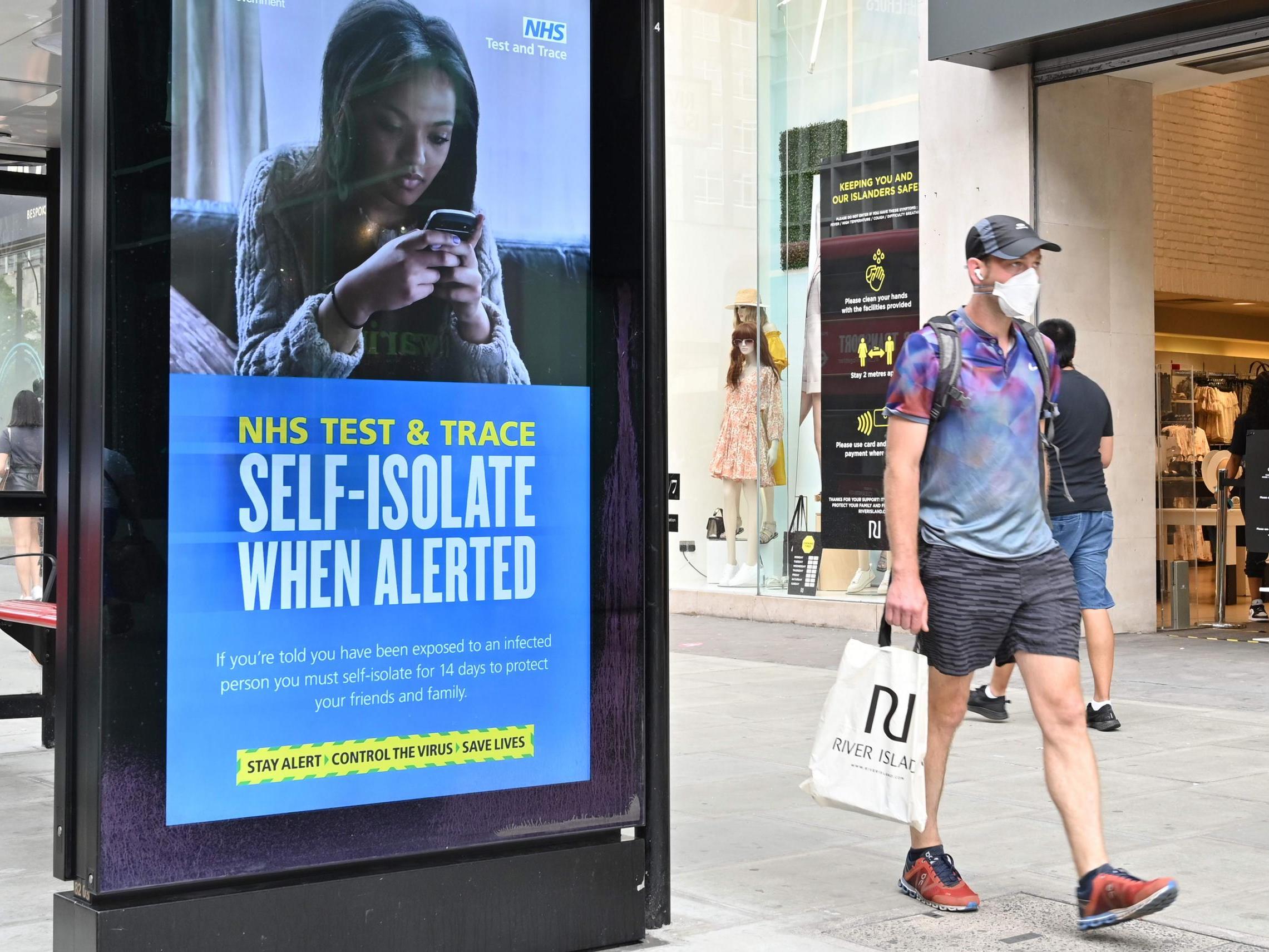The big macroeconomic picture is becoming clearer – how we will live our lives is not
We have seen a V-shaped bounce-back recovery so far. But this doesn’t tell us where we might go next, writes Hamish McRae


The mists are clearing. This week, we are starting to get a clearer picture of how the UK and world economies are likely to develop over the next year. Just as important, we are also getting a better understanding of what we don’t know.
Focusing on the UK, we know the bottom of the recession was almost certainly in the first half of May. Both the government tax receipts and the real-time data (things like Google searches and credit card spending) confirm that. On Monday Andy Haldane, chief economist at the Bank of England, told the Treasury Select Committee: “Roughly half of the roughly 25 per cent fall in activity during March and April has been clawed back over the period since…. We have seen a bounce-back. So far, it has been a ‘V’.”
He added that this doesn’t tell us about where we might go next, but knowing that the bottom has been reached and that the economy so far is growing by about 1 per cent a week is a helpful start. So too is the evidence that international trade volumes have started to recover. Trade with China started to turn up in March, while global trade hit bottom in April.
Calculations such as the one made by the Resolution Foundation that people have suffered a huge fall in income are quite valid in their own terms and grab the headlines. But if the economy contracts by 25 per cent, then of course incomes are going to plunge. That is obvious. But it is the past. What matters now is how quickly incomes come up again.
To gauge how quickly that will happen we have to make some working assumptions. The world economy cannot have a full recovery until there is either an effective Covid-19 vaccine or sufficient numbers of people have built immunity to contain it. If the Oxford AstraZenca vaccine works, there will be a clear pathway out of Covid-19 disruption by the end of this year. If it disappoints, the sensible working assumption is that one way or another the world economy will have largely recovered from the impact of the virus by next summer.
If you accept that, it is almost inconceivable that the ground lost in the spring can be recovered this year. That 1 per cent a week increase won’t continue. Manufacturing is coming up reasonably well, but the service industries, particularly travel and tourism, are way down and cannot hope to get back to any sort of normal until Covid-19 is beaten. The IMF forecasts that China will end the year with a small gain. The rest of us won’t.
The question then is whether the losses of 2020 will have been recouped by the end of 2021. If there is a vaccine this winter it is quite plausible that they will. Of course the outcome will vary from country to country but one of the fascinating things about global economic cycles is that the similarities between the various countries’ performances are greater than the differences.
If, come the end of 2021, the world economy is back to where it was at the end of 2019, then this recession will have been somewhat deeper than the 2008-9 one, but not nearly as long. It may not turn out like that, but this seems the sensible working assumption. If it is over-optimistic, expect output to be back to peak by the middle of 2022.
In public finance terms, the UK will end up with the national debt going up from 80 per cent to about 100 per cent of GDP, maybe a little more. That is troubling and the headlines will be that it is the highest level since the 1960s. But if interest rates remain low it will be manageable, particularly since all other major economies bar Germany will be in a similar position, or a worse one. Eventually it seems likely there will have to be some increase in tax levels, but not yet.
If this big macroeconomic picture is becoming a bit clearer, the microeconomic detail is not. We have had huge structural changes to the world economy, of which the shift to online shopping and working from home are just two. So the question is this: how far do these emergency changes stick?
Take retailing. In January some 20 per cent of purchases in the UK was online, and that has been rising by about 1 per cent a year. It shot up to 30 per cent in May. So does that come back to 25 per cent? Or does it not come back at all?
As for working from home, we have no idea whether this will become the new norm, or whether it will be a blip. Will our office space be 90 per cent occupied, or 50 per cent, or even 20 per cent?
We have really no idea of the answers. But huge things turn on them, with the future of our cities and all the services they provide at the top of the list.
In short, we can make a good set of estimates for GDP, public finances and the like. That is comforting. But we should be aware we are flying blind when it comes to things like the future of the high street or the office. That is scary indeed.
Join our commenting forum
Join thought-provoking conversations, follow other Independent readers and see their replies
Comments